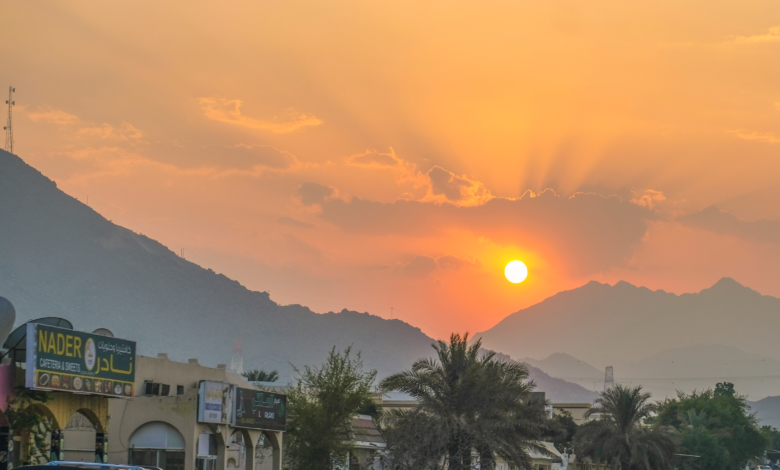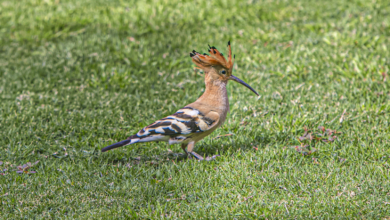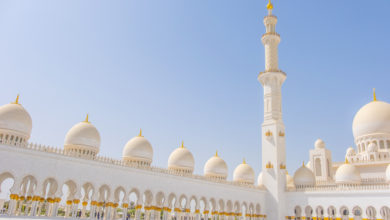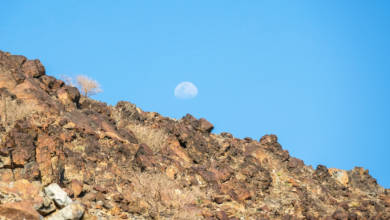The Golden Hour – When Sunlight Turns Magical

When the Sun is close to the horizon on a sunny day, its light appears warmer and softer. This makes the golden hour, also known as the magical hour, popular with photographers and filmmakers.
Definition of the Golden Hour
Because the golden hour is a colloquial term, it doesn’t have an official definition similar to dawn, dusk, and the 3 phases of twilight. Rather, it refers to a state of natural lighting that is most common around sunrise and sunset.
However, the warm sunlight that is characteristic for the golden hour most likely occurs when the Sun is between 6 degrees below and 6 degrees above the horizon. By this definition, the golden hour begins with civil dawn in the morning and ends with civil dusk in the evening.
Why Is the Light Golden?
When the Sun is just above the horizon, its rays impact the Earth at a low angle and they have to travel through more of the Earth’s atmosphere before they reach us. On their way to the Earth’s surface, they encounter atmospheric particles such as dust and water droplets, which filter the sunlight, ultimately making it less bright. This process also adds more indirect light to the mix, softening contours and reducing the contrast.
At the same time, the thicker layer of atmosphere that the sunlight has to pass through scatters the blue and violet wavelengths, allowing more light in the orange and red spectrum to reach Earth. This scattering decreases the sunlight’s color temperature and makes it take on a golden or reddish hue.
Twilight Colors
During civil twilight, when the Sun is at most 6 degrees below the horizon, Earth’s upper atmosphere reflects the sunlight, illuminating the lower atmosphere and making the sky appear in golden and reddish colors.
While this period is commonly included in the definition of the golden hour, it produces a lighting effect very different from the direct morning or evening sunlight, also requiring photographers to work with different camera settings.
Does the Golden Hour Last for 60 Minutes?
The duration of the golden hour depends on both the latitude and the season. In locations where the Sun is directly overhead at noon—for example at the equator during the equinoxes—the Sun traverses the horizon at an angle of 90°, making for swift transitions between night and day and a relatively short golden hour. For example, in Quito, Ecuador, which is very close to the equator, it takes the Sun only about 50 minutes to move from 6 degrees below the horizon to 6 degrees above it.
At higher latitudes, the same process takes longer. At around 40 degrees north and south, for example in New York and Wellington, it takes around 1 hour in March. In Oslo (about 60° north) and the northernmost tip of Antarctica (about 60° south), the golden hour lasts over 90 minutes at that time of the year.
Within the polar circles and just outside them, the Sun does not sink lower than 6 degrees below the horizon during the summer, so the golden hour can last all night. Close to the poles, it can even last for several weeks around the equinoxes, when the Sun’s zenith slowly passes the equator and the polar night gives way to the Midnight Sun.
Golden Hour Photography Tips
The golden hour is a great time to shoot any kind of picture, including portraits, landscapes, cityscapes, and still life. To capture the magic of the golden hour in your photos, try following these guidelines:
- Plan ahead: The golden hour is short—too short to start fiddling with your equipment and settings when the light is just right. Use Sun’s Calculator to find out when the Sun will be at just the right angle at your shooting location (click on a row in the table for a solar elevation graph). Make yourself familiar with the destination and turn up with some ideas of the subjects and angles you wish to capture.
- Play around. Experiment with front lighting, backlighting, rim lighting, and perhaps you can catch a flare as the warm sunlight enters your lens.
- Use a wide aperture. The sunlight is not as bright during the golden hour, requiring a larger aperture—unless you are planning a long exposure shot.
- Try increasing the ISO setting. The low light level during the golden hour may require you to try out a higher ISO setting. However, be aware that this may also increase noise.
- Use a tripod. When experimenting with a range of apertures, a tripod will help you keep your images sharp.




